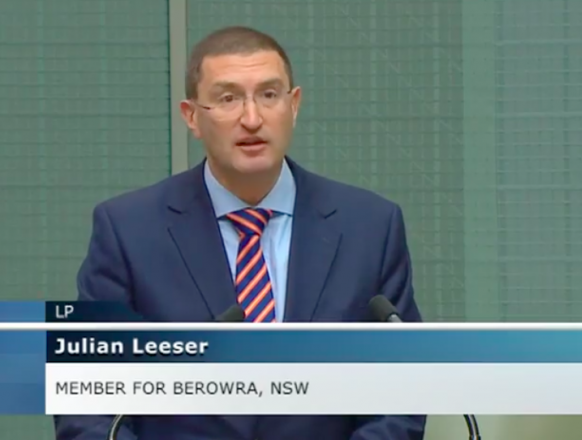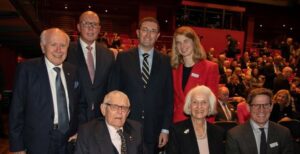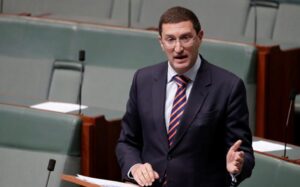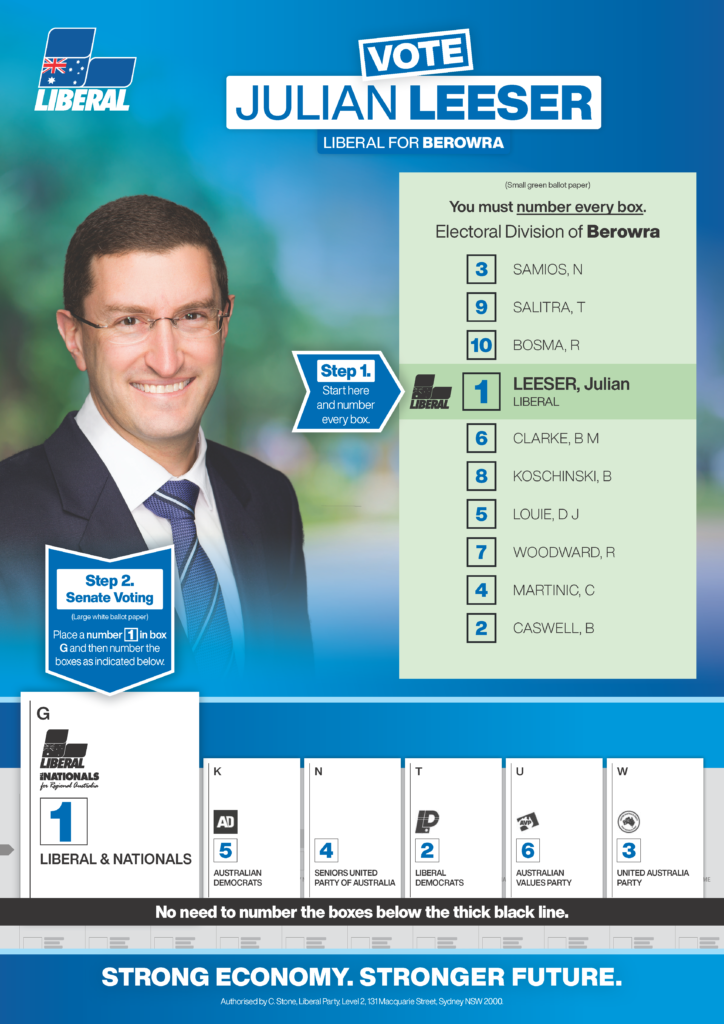Today I tabled the Final Report for the Inquiry into the Working Holiday Maker Program, a vital migration program for Australia.
Read my full speech below, and read the final report here: https://www.aph.gov.au/…/Mig…/WorkingHolidayMaker/Report
On behalf of the committee I present this report. This inquiry was referred to the committee in June 2020. The terms of reference for this review directed the committee to provide both a general review of the Working Holiday Maker program and to consider the particular difficulties created by the shortage of working holiday-makers as a result of the COVID-19 pandemic. The committee received more than 90 submissions and held 12 public hearings, with more than 30 hours of evidence.
The Working Holiday Maker program is a vital migration program for Australia. In recent years the program has attracted more than 200,000 young people annually from 44 different countries to travel and work in Australia. Australia remains the No. 1 destination for working holiday-makers globally. For 45 years the Working Holiday Maker program has enabled people to gain a deeper understanding and a more diverse experience of our country and its culture. The program also contributes to our international reputation by building advocates for Australia around the world. In exchange, the program provides similar opportunities for Australians to travel the world and bring their experiences and knowledge back to this country.
Working holiday-makers play a critical role in filling skills shortages across Australia, particularly in our horticulture and agriculture sectors, which continue to face the challenge of attracting Australians to fill these jobs. Working holiday-makers are uniquely suited to the seasonal nature of the jobs because they’re flexible, they’re a short-term workforce and they’ve got a desire to travel and experience work in our iconic farming businesses, which often struggle with labour shortages. The program plays a dual role in the tourism sector, where it attracts a large number of tourists who on average stay longer and spend more than other tourists. The program contributes $3.1 billion annually to Australia’s economy and creates tourism jobs all over Australia, particularly in regional areas.
In 2020, with the COVID-19 pandemic preventing the global movement of people, Australians have recognised just how valuable the Working Holiday Maker program is. In September the committee produced an interim report dealing with some of the challenges that had arisen from the pandemic-induced border closures. The committee has heard evidence about the urgent need to address the substantial labour shortages Australia’s agriculture and horticulture sector is facing this harvest season.
The committee’s recommendations address these shortages, focusing on ways in which Australians, working holiday-makers and other visa holders could be incentivised to head to the regions to pick fruit. The government made announcements picking up many of the recommendations put forward in the interim report, including an investment of $33.7 million to support farmers by encouraging and incentivising young Australians to take a domestic gap year to work in the agriculture sector this harvest season. This includes a $16.3 million investment in temporary youth allowance and Abstudy eligibility changes to incentivise people to take up this work and $17.4 million for relocation allowances of up to $6,000 for Australians and $2,000 for other visa holders to undertake seasonal work in agriculture.
Working holiday-makers who have been unable to come to Australia or have had to leave Australia early due to COVID-19 are eligible for a visa application charge waiver when they decide to return to Australia, and a further $9 million has been invested to enable employers to access the Seasonal Worker Program and Pacific Labour Scheme to meet worker shortfalls. The government’s measures help to ensure as much labour as is possible is directed to places where there is a critical need. Government measures incentivise Australians and visa holders to fill these workforce gaps that the pandemic has created.
This report builds on the findings of the interim report and calls for more to be done to promote opportunities right now in regional and remote Australia. While the interim report dealt with changes to the program dealing with the COVID-19 pandemic, this report largely focuses on longer-term changes to the visa program. These include steps such as increasing the working holiday-maker age limits from 30 to 35 years and negotiating more bilateral working holiday-maker agreements with new countries, thus increasing the pool of available travellers. It also includes allowing working holiday-makers to work in tourism and hospitality in hard-to-staff rural and remote locations in order to satisfy the requirements for a second- and third-year visa; this was a point very strongly made to us by the tourism sector. The committee has also made a recommendation that will relax the requirement that working holiday-makers work with a single employer for no more than six months in hard-to-staff rural and remote areas of Australia. The report deals with other technical matters, such as asking the government to consider a tiered definition of ‘regional’, given the catch-all nature of the current definition. The report deals with other issues such as the need to implement the report of the Migrant Workers Taskforce and provide greater information and support to working holiday-makers. Also, in order to ensure that all available people are engaged in filling these critical labour shortages, the committee has recommended that the government consider incentives for a broader range of visa holders to undertake agricultural and horticultural work at this critical time.
On behalf of the committee, I’d like to thank all those who’ve made submissions and given evidence to this inquiry. I’d also like to acknowledge the work of my fellow committee colleagues—in particular the deputy chair, the member for Calwell; the secretariat; and Annie Phillips from my office—for their terrific work on this report. I commend the report to the House.




